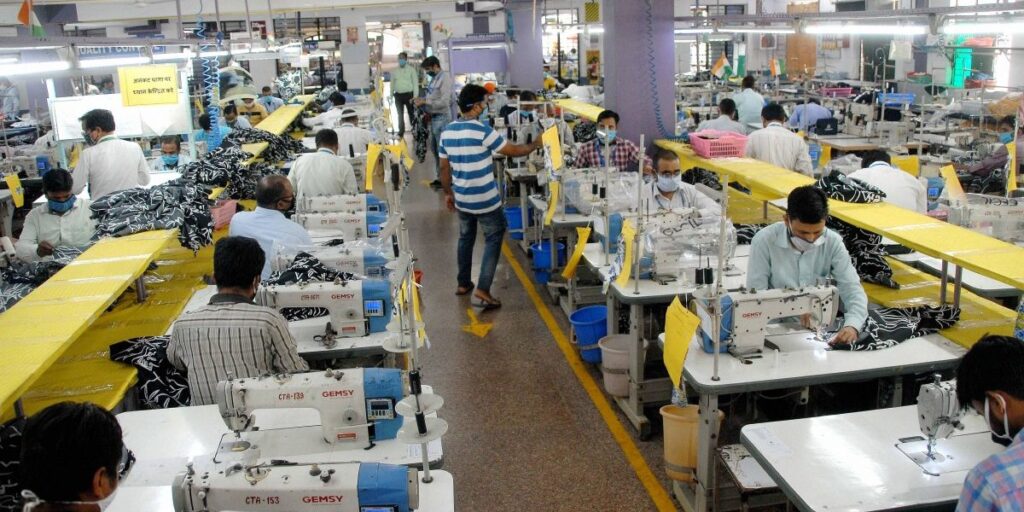
India Trails China by 16.5 Years on Key Economic Metrics:
New Delhi: A recent report by brokerage firm Bernstein, highlighted in the Business Standard, suggests that on various business and economic metrics, India lags behind China by an average of 16.5 years. The gap between the two nations was determined using multiple criteria such as patents, FDI, forex reserves, nominal GDP, and export figures.
Delving into the Details
The report reveals that India lags China by 21 years concerning patents, 20 years in FDI, 19 years in forex reserves, and 17 years in exports. Furthermore, in terms of nominal GDP and per capita income, India is behind by 15 years, 13 years in consumption expenditure, and 16 years regarding gross fixed capital formation.
Highlighting the substantial economic advancement India must achieve to be on par with China, the Business Standard emphasized these findings.
Growth of India’s Gross Domestic Product (GDP)
The New Indian Express elaborated on the nuances of GDP calculations, emphasizing that these figures often see adjustments and the final, concrete data may only emerge after a few years’ delay. It’s vital to distinguish between nominal GDP, reflecting current year prices, and real GDP, which accounts for inflation. Deccan Herald’s July article observed that affluent nations typically experience slower GDP growth due to economic maturation and decreasing populations. Hence, even with an approximate 7% growth rate from 2013-2022, India surpassed several countries to clinch the fifth spot.
The ongoing geopolitical friction between China and the U.S. has presented India with opportunities. Major corporations, previously dependent on Chinese manufacturing, are diversifying their operations. Apple, for instance, has reallocated some of its production to India, exporting a substantial portion of its goods from the country. The Business Standard points out India’s advantages: a burgeoning youthful workforce and lower labor costs than China. However, the productivity per worker in China remains unmatched. India heavily relies on China for raw materials. China’s manufacturing strength allows it to produce in large quantities, providing goods at competitive prices, reinforcing its market stronghold. Despite India’s expanding workforce, the country faces a challenge in providing quality employment opportunities. Without adequate job creation, this population boom could become a potential economic liability for India.


